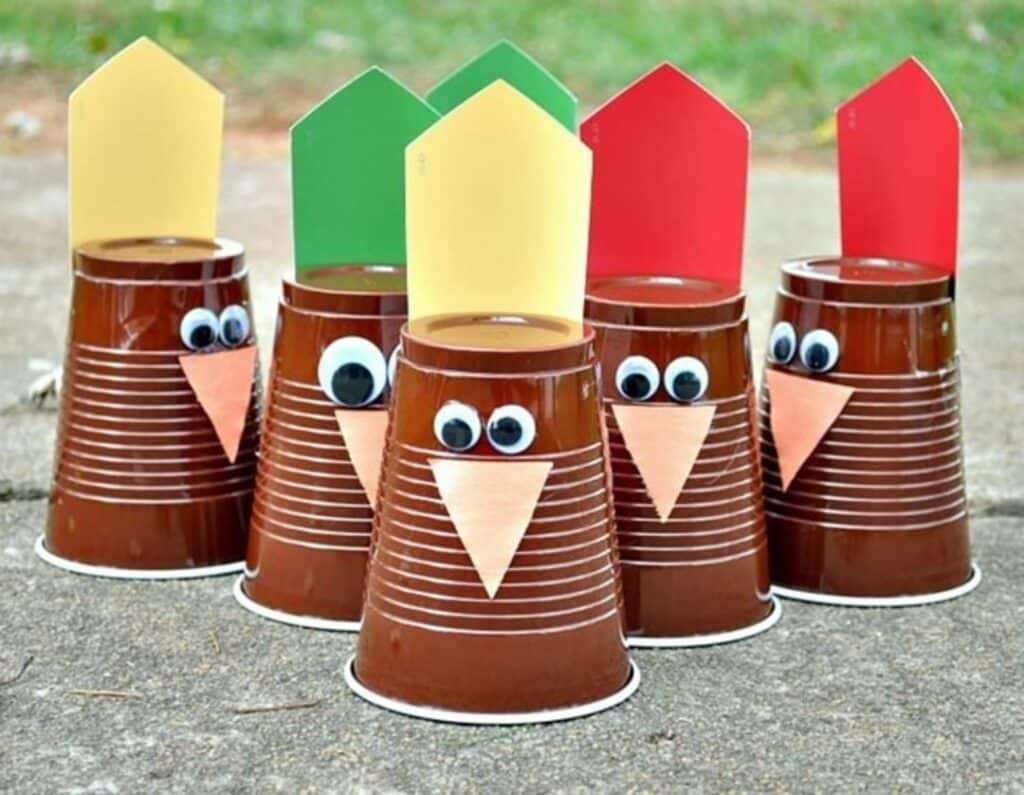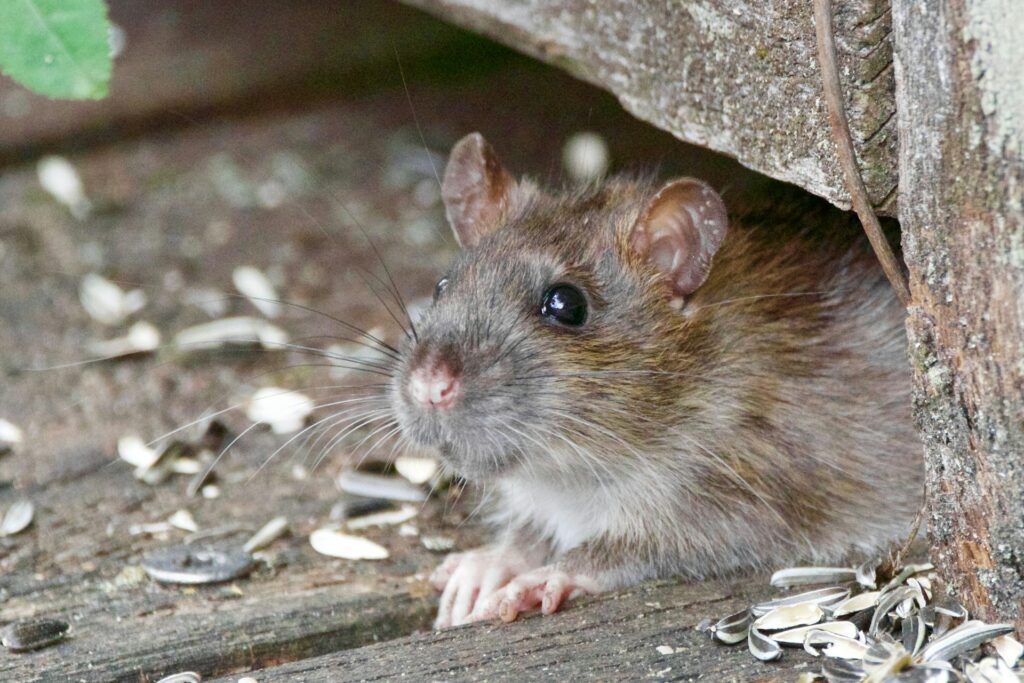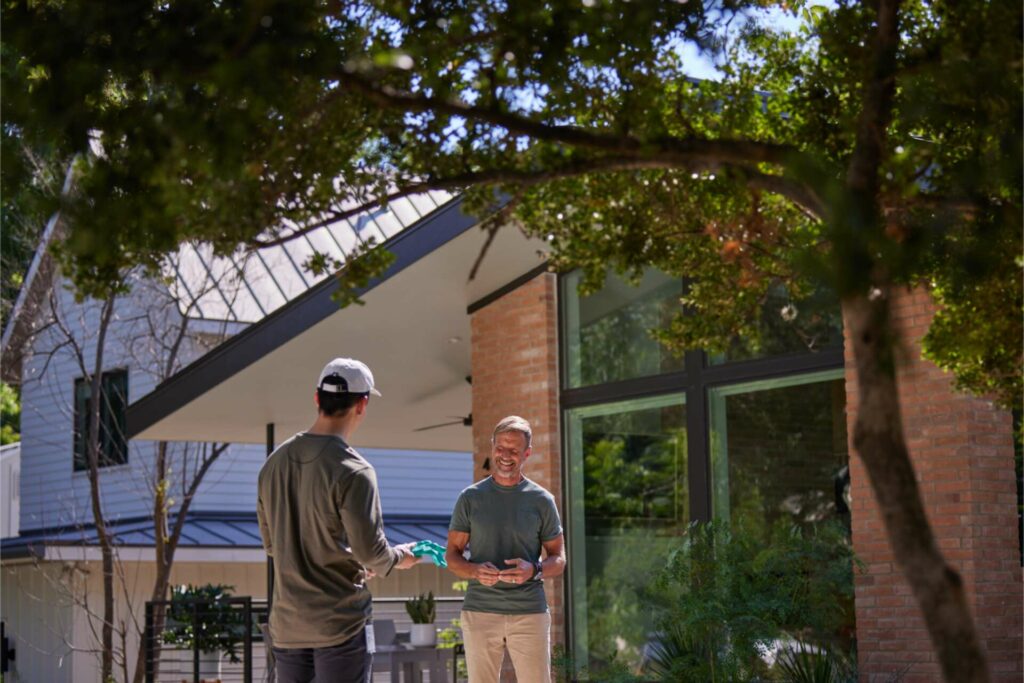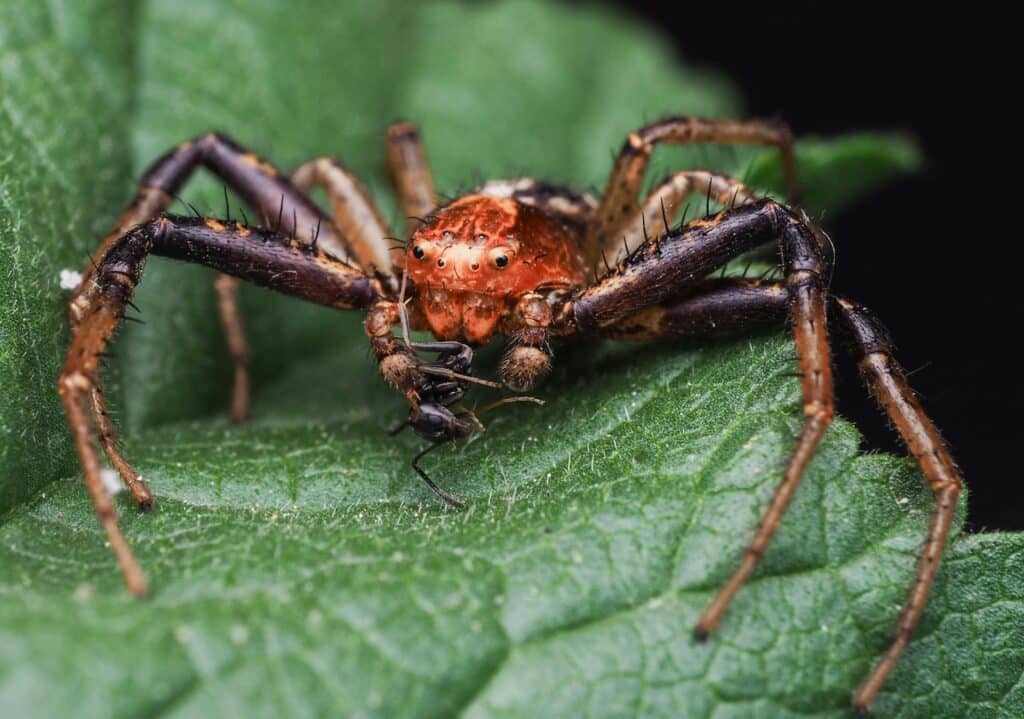Catching a house mouse requires a bit of skill. You’ll need to place a number of traps with right kind of bait along the rodent’s trails. You’ll also need to properly dispose of the mouse (or mice). Learning how to catch a house mouse requires knowing how to find entry points, set traps and choose bait.
Mice Cause Damage in Houses
House mice are skilled at finding ways into homes as they search for food and water. These rodents can squeeze through holes as small as a pencil—or about 1/4 inch in diameter.
This makes it difficult to completely protect your home from invading mice without professional help. If they’ve gotten inside, it’s important to catch and control them as quickly as possible—these pests can cause costly damage and contaminate eating surfaces as they build nests in walls and search for food in the kitchen.
How to Catch a Mouse
Successfully catching mice in your house requires a bit of learning. To do it correctly and efficiently, follow these steps:
- Choose the best type of mouse trap or bait
- Pick effective locations
- Set multiple traps
- Choose the correct bait
- Properly dispose of mice and traps
1. Choose the best type of mouse trap or bait
Mouse traps and baits are different devices for capturing mice. Traps capture the rodent—often alive—when it comes for the bait placed in the trap. Bait, on the other hand, contains poison that, when eaten, kills the mouse after it has gone back to its hiding place.
Snap traps are the classic mouse trap design that snaps closed with a mouse triggers it. Glue traps are an alternative type that uses glue to capture a mouse when it tries to eat the bait. Glue traps are one-time use devices while snap traps can often be reused.
Both types of traps are extremely dangerous to pets and children and must be kept far out of reach of them.
Poisonous bait might seem like an easier solution since it doesn’t require repeatedly setting a number of traps around your home. But if several mice eat the bait and die in a hiding place that’s out of reach, disposing of them will become another problem.
2. Pick effective locations to set the traps
Optimal placement of traps is essential to successfully catch mice. These rodents naturally avoid open spaces, so you should position traps along walls and in corners.
If you’ve found droppings or grease stains anywhere in your home, that is an ideal location for a trap or bait. Mice follow pheromone trails, so they’ll frequent the same routes to food and water. You can do some detective work to find signs of their pathways and use their habits to your advantage.
3. Set multiple traps
You should always set multiple traps at the same time—even as many as a dozen for one mouse (or more, if you’ve seen several mice). These pests reproduce quickly, so it’s important to eliminate the infestation as quickly as possible.
4. Choose the correct bait
Cheese isn’t actually a mouse’s favorite food; they prefer seeds and nuts. One of the simplest and most effective baits is peanut butter. You can also try using nesting materials, including shredded paper, a cotton ball or string as bait in a trap.
Only use a small amount of bait; too much might let the mouse eat some without triggering the trap.
5. Properly dispose of mice and traps
Always wear disposable gloves when handling mice or used traps. You should also wear gloves when cleaning up a mouse nest or droppings. Mice, whether they’re alive or dead, can transmit a number of diseases to humans. Use caution when removing living or dead mice from traps.
How to remove a dead mouse from a trap
Use gloves to remove the mouse from the trap and place it in a plastic bag. Seal the bag and put it and the gloves in the trash. Wash your hands before and after disinfecting the entire area with spray. Then, change the garbage bag and keep the used bag away from your home until it’s collected.
How to remove a living mouse from a trap
If you’ve caught a mouse in a glue trap and would rather release it than wait for it to die, transport the mouse and the trap far away from your home (several miles is not too far; you don’t want it to find its way back).
Release the mouse as far from other people’s homes as possible. When you’ve found a safe area, pour vegetable oil onto the mouse and the trap to release the animal from the glue.
How to Prevent Mice
The best option is to prevent mice from entering your home. Some minor changes to your habits can help make your home less attractive to rodents and other pests.
Look for signs of mice
Mouse-proofing your home starts with a careful inspection for entry points and potential food and water sources. Look for scratch marks and droppings around these areas and inspect cabinets where you store food. Pet food is also an easy target.
If you have a dog or cat, they might alert you to mice by suddenly sniffing specific areas or otherwise acting strangely.
Seal cracks to eliminate entryways
Sealing even tiny cracks and holes around your home can eliminate potential entryways for mice. They can gnaw through many common materials, including wood and plastic, so sealing holes requires stronger materials. Use steel wool, copper mesh or strong caulk to block any cracks or holes larger than a dime.
Clean thoroughly and regularly
Regular cleaning habits are one of the best ways to avoid attracting mice. Sweep and vacuum as often as possible and limiting yourself to eating in one room to reduce the amount of space you need to clean.
Cover your garbage can with a lid and change bags frequently. Don’t forget to wipe counters and stovetops, too. Mice are skilled climbers and might contaminate cooking surfaces.
Don’t forget to clean outside
It’s important to keep your lawn and landscaping clean and trimmed. Thick shrubs and tall grass provide hiding places for mice looking for ways indoors. It’s also best to avoid hanging bird feeders near your home since bits of feed will drop to the ground for mice and other pests to eat.
Call Aptive Environmental for Effective Mouse Control
A mouse infestation can quickly grow out of control. If you’ve seen mice in or around your home, the best solution is to call Aptive Environmental. Our pest professionals have the effective tools and expert knowledge to control infestations of any size. We’ll tailor a treatment plan for your home to catch mice quickly and keep them out. Take a step toward peace of mind by calling Aptive for a free quote today.
Protect your home by calling your local Aptive Environmental branch today.









